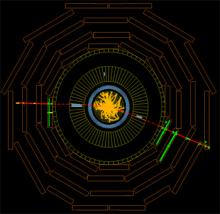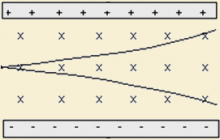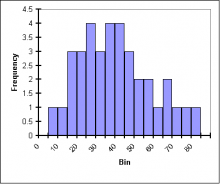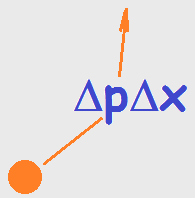Lesson #2 in QuarkNet STEP UP Series on encouraging the study of physics.
Lesson #1 in QuarkNet STEP UP Series on encouraging the study of physics.
Students are physicists for a day at a university or lab where they work with physicists to learn how to analyze real particle physics data in the form of event displays.
Students examine data to find how energy, momentum, and mass are related.
Students use spreadsheet coding to determine the Z Mass for a large data set.
Students construct histograms, identify the best value to represent the data, and report the uncertainty in their answers.
Students build basic histogram skills required in many of the other activities in the Data Activities Portfolio.
Heisenberg knew that, at the quantum level, we cannot know everything, at least not all at once. Students explore uncertainties in measurements of complimentary variables to find this out for themselves.












